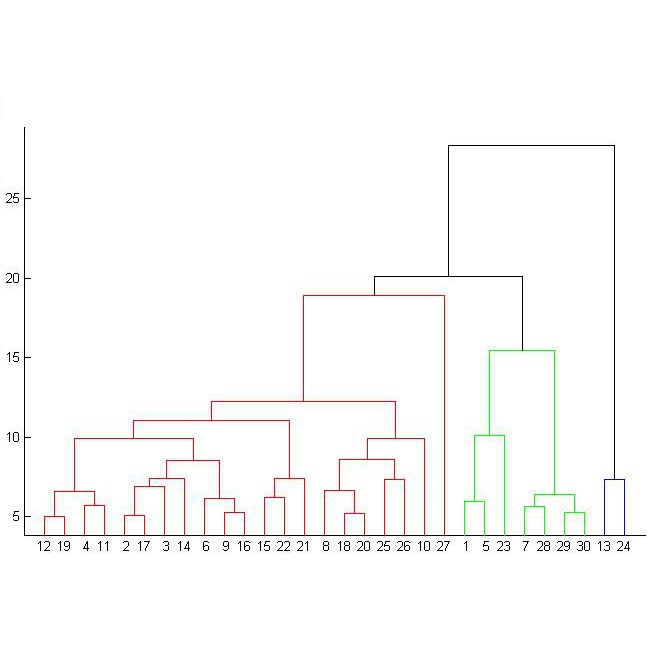Conventional methods for speaker diarization involve windowing an audio file into short segments to extract speaker embeddings, followed by an unsupervised clustering of the embeddings. This multi-step approach generates speaker assignments for each segment. In this paper, we propose a novel Supervised HierArchical gRaph Clustering algorithm (SHARC) for speaker diarization where we introduce a hierarchical structure using Graph Neural Network (GNN) to perform supervised clustering. The supervision allows the model to update the representations and directly improve the clustering performance, thus enabling a single-step approach for diarization. In the proposed work, the input segment embeddings are treated as nodes of a graph with the edge weights corresponding to the similarity scores between the nodes. We also propose an approach to jointly update the embedding extractor and the GNN model to perform end-to-end speaker diarization (E2E-SHARC). During inference, the hierarchical clustering is performed using node densities and edge existence probabilities to merge the segments until convergence. In the diarization experiments, we illustrate that the proposed E2E-SHARC approach achieves 53% and 44% relative improvements over the baseline systems on benchmark datasets like AMI and Voxconverse, respectively.
翻译:发言者二分法的常规方法包括将音频文件窗口到短段以提取音频嵌入器,然后对嵌入器进行不受监督的组合组合。这种多步骤方法产生每个段段的语音分配。在本文中,我们提议为发言者二分法提出一种新的监督光电阵 Graph 聚集算法(SHARC),即我们采用图形神经网络(GNN)来实施监督的组合进行分级结构。监督使模型能够更新表达方式并直接改进组合性能,从而允许对嵌入器采取单步方法。在拟议工作中,输入部分嵌入部分被视为图表的节点,其边重与结点相对应。我们还提议了一种方法,以共同更新嵌入式提取器和GNNN模型来进行端对讲者二分解(E2E-SHARC) 。在推论中,使用节点密度和边缘存在概率将各段合并到趋同点。在二分实验中,我们分别说明E2-SHA的相对基准法如何改进了A-%基准和基准系统。</s>


